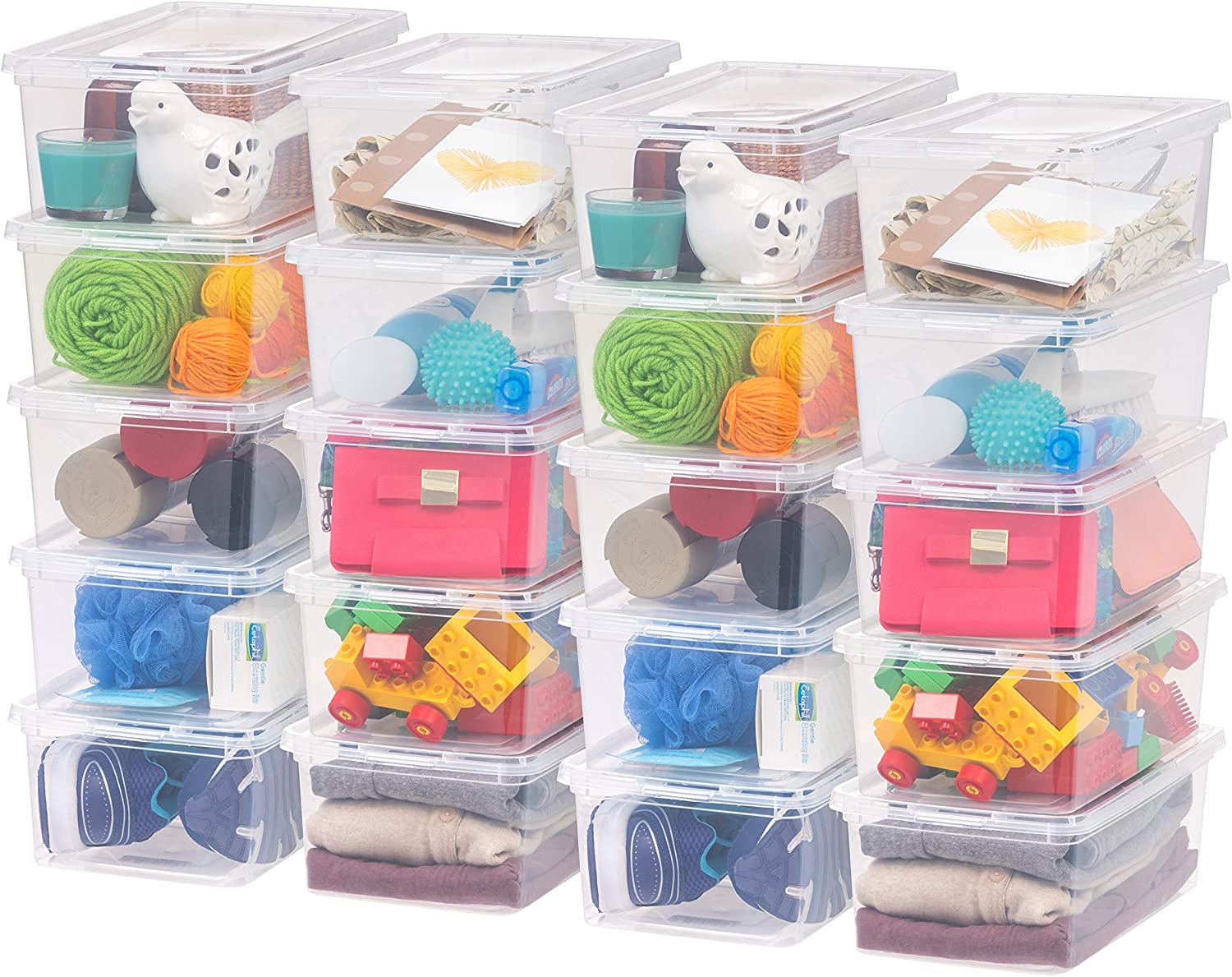If there’s one thing that everyone who has used storage devices of any sort knows, its intended purpose is to keep your space better organised. There are a few different ways to organise space – one of those is to use storage boxes, which can be made of plastic, metal or even just plain, ordinary cardboard boxes.
Typically, smaller storage options are made from plastic and can be used to store food, cutlery, stationery and almost anything else you can think of. They come in all different shapes and sizes and offer a multitude of different storage options, depending on what you’d use them for.
In this article, we’ll break down what these plastic storage options are, and how you can better organise them.
Different Types of Plastic Storage Options
- Open-Top Flat-Pack Boxes: Some storage boxes come without a lid at all and tend to be wider and larger than traditional storage boxes, allowing you to pack things flat. For example, food like wraps, bread, etc could be packed flat inside a freezer.
- Box-Style Plastic Bins: These storage boxes are more of your traditional types of storage – plastic bins that are often on wheels or fit inside a standalone tower. These can also be freestanding and with or without lids.
- Tupperware: Tupperware is a staple in almost any home kitchen. These plastic storage boxes come in a variety of sizes and some are designed with dividers to allow for use as lunchboxes, ensuring that food is proportionately divided.
- Tough Containers: One of the storage boxes that finds itself in prominent use in workshops of all stripes are tougher containers, made of harder plastics, that are built to take some punishment. These mostly come with snap-lids and are without dividers, though they can be purchased separately.
Organising Your Storage Boxes
There are many different ways to organise your storage boxes, some are more effective than others. Here are a few different ways to organise your storage boxes.
- Colour coding: Colour coding might well be a better way to differentiate labels than traditional written labels, as ink can rub off over time, or become easily wet. Whereas colour labels are easily distinguishable from one another.
- Stacking: If you’re using your storage boxes in a confined space, then it might be a good idea to stack them one on top of the other. This is the most effective way to use storage boxes, as most are designed to be stacked.
- Create A Listed Inventory: One of the main things that seem to hamper good organisation of plastic storage boxes is that we mostly just throw stuff in them, then forget to label it properly and then forget what was in there to begin with. One of the ways to mitigate this problem is to create an itemised list on your phone or on paper (and pin it to your fridge), that way, you’ll always know what’s in there.
- Use Clear Containers: One of the easiest ways to mitigate the problem of not knowing what’s inside your storage boxes is to ensure that they’re made from clear plastic. That way, you can see what’s inside at a glance!
Whatever storage options you choose to organise your space with, there are plenty of different ways to organise your storage boxes to allow you to figure out what’s what in a much easier and faster fashion.

